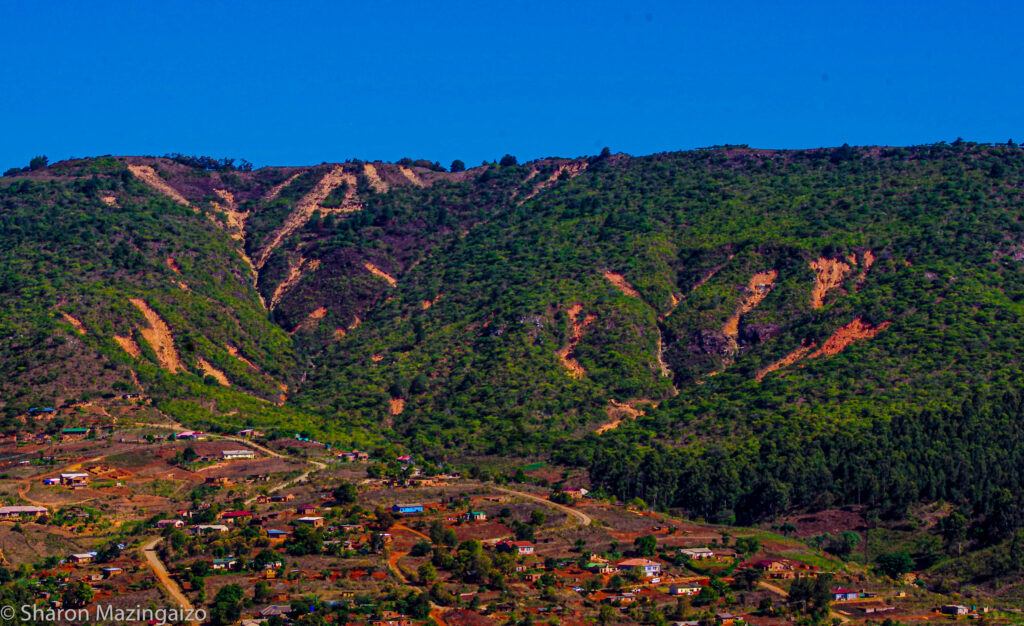Mining is posing a threat to Zimbabwe’s national parks and wildlife. National parks, botanical reserves, sanctuaries, safaris, and recreational parks cover around 13% of Zimbabwe’s land. These areas are abundant in mineral deposits, such as gold and coal, which have led to both legal and illegal mining activities.
According to the Zimbabwe Environmental Law Association (ZELA), around 1.31% of the total parks in the country, which amounts to 5 million hectares, are currently being used for mining activities, both legal and illegal.
On Facebook, you will find “for sale” advert of lithium mines in Zimbabwe’s eastern highlands in areas such as Nyanga, Bvumba and Chimanimani.
“Lithium Mine with gold belts for sale in Nyanga. 600 Hectares certificates and Geo report available,” read the Facebook ad.
A research paper, titled “Impact of artisanal gold mining on woody vegetation in Chewore South Safari Area, northern Zimbabwe,” noted that illegal miners are extracting gold in areas such as Mupfure Recreational Park, Chegutu, Chewore Safari Area, Doma, Nyanga National Park and Chimanimani National Park in the mountain range threatening the survival of vital flora and fauna.
Despite Zimbabwean law prohibiting mining in protected areas and rivers, it still permits prospecting and mining in national parks, botanical reserves, botanical gardens, sanctuaries, and safari areas with the consent of the Ministry of Environment and the Ministry of Mines.
The government is currently conducting public consultations exercise regarding amendments to the Parks and Wildlife Act. The Act governs wildlife resources in the country was last amended decades ago. Farai Maguwu, director of the Centre for Natural Resource Governance (CNRG), emphasized the need to expedite these amendments to protect Zimbabwe’s natural heritage from the growing mining threat.

